Full name: Flat-Coated Retriever Dog
Type: large dog
Height :22-23 inches (56-58 cm)
English name: Flat-Coated Retriever
Country of Origin: United Kingdom
Weight :60-70 pounds (27-32 kg)
Hair length: Long Hair
Function: guard dogs | companion dogs | Working Dogs | Gun Hunting
Life: About ten years
History
Affectionate, active, and courageous, the Norfolk Terrier is a good family pet. It will love everyone, including children and other pets. Rarely nervous or snappish, this energetic dog loves to play. Socialize this dog while young, exposing it to new people, sights, and sounds, or it may become suspicious and reserved. If left alone outdoors for too long, the Norfolk Terrier may begin to dig or bark; it needs lots of stimulation to occupy its quick and active mind. This breed should have consistent rules but is otherwise fairly easy to train. Early training will prevent last battles with this sometimes willful terrier. This breed may be difficult to housebreak. Do not let your Norfolk Terrier run without a leash unless it is in a well-fenced area. The American Kennel Club recognized the breed in 1915.
Temperament
The Flat-Coated Retriever is a sweet, friendly, lively dog that is always on the lookout for play. Friendly toward other dogs, pets, strangers, and children, this retriever makes an excellent companion. Though this is an active dog, it is very capable of being quiet and calm when indoors, provided it is properly trained and exercised. A family who takes this breed into its home will be blessed with a devoted companion that always says hello with a cheerful smile and a wagging tail.
Defects: no reason for people or other animals to show aggressive tendencies is a serious flaw.
Overall appearance
Flat-Coated Retriever is a versatile dog, can be a family companion dogs, hound, retriever, he is a happy, lively dog, look smart, clean lines. Flat-Coated Retriever must be as traditional as described in: “strong but not heavy, lively but not emaciated.”
Wool roving dogs different level, very important feature is the silhouette of his (whether in motion or standing), smooth, effortless movement, head type, hair and features, so that the Flat-Coated Retriever has shown that the silhouette of a long, strong, clean, and “flaky” in the head, these are the unique characteristics of the species. Not exaggerated stop and cheeks, proper head position, placed in a medium-length neck top, neck, back smoothly into sloping shoulders. Level topline, chest (rib) deep, and long, extending back, tapered, and slightly tucked up, forming a blunt triangle. Sternum obvious, the chest was prominent, this effective retriever very harmonious and strong, but gentle, not like a Dwarf like a horse, faded too short or long and thin limbs. Thick coat, and lay flat, faded Department and feathered tail. Pride, reflecting the quick gesture, wave-like tail, the overall feeling is very strong, quality, style, and the symmetry constitutes a typical Flat-Coated Retriever image. Evaluation of Flat-Coated Retriever is the traction in a relaxed state of the action, the natural standing posture, put it than the more important position. Scar is a symbol of honor, not as a defect treatment.
Body type
Ideal size Height: 22-23 (56-58 cm) Weight: 60-70 pounds (27-32 kg)
Head
Long, clean, good shape of the head should have sufficient size and strength; you can easily carrying back a big head of pheasants, ducks, rabbits, and so on. Skull and muzzle: skull and muzzle gives the impression that “casting into a block,” is quite flat, medium width of the head, flat, clean cheeks, combined with the long, strong, deep tone (under the eyes, between the eyes, behind the eyes are full) formed. From the above, the tone of the same length and width of the head. Stop: gradually over, slight, barely perceptible stop, must not face down or form a dish. Eyebrows slightly raised, very flexible, have a rich look. Assessment must stop in the correct profile, but not by the processes of the eyebrows. Occipital bone is not obvious, the head should form a graceful curve, and the neck joint. Expression: alert, intelligent, and friendly. Eyes: Location points apart, medium size, almond-shaped, dark brown or hazel color, not too big, round, or yellow. Eye rims the same color, tight. Ears: Relatively small, the location right, hanging, close to the head, a thick feathered. Location can not be too low (like hound dogs, or snow). Nose: large, open nostrils. The black dog’s nose is black, liver dog’s nose is brown. Lips: very tight, solid, clean, and dry, with very little feathering. Jaw: long and powerful, capable of carrying back the hare or pheasant. Bite: Scissors bite is preferred; the clamp-like bite is acceptable. Broken teeth, not defects. Serious shortcomings: distortions in the teeth, overshot or undershot bite and bite, and obvious gaps are serious faults.
Neck, Topline, Body
Neck: Strong and slightly arched, with the strength needed to locate the dog. Considering the need can easily find traces, so the neck of moderate length. No fat. The neck of the coat can not be pruned. Topline: Strong and level. Body: chest (brisket) deep, extending to the elbow, of medium width. Chest, projecting forward, and very obvious. Ribs deep, from the chest to the last rib of sufficient length (given the internal organs with enough space), of medium width. Relatively flat anterior ribs, back propped up gradually, the body center of the arch, but the location is close to fine some of the waist. Abdominal curves: Deep, brisket narrow, moderately tucked up. Waist: Strong, muscular, good length, but also taking into account the flexibility of movement stretch, and the pace long enough, but never weak or loose connections. Hip, very slightly, moderately broad and muscular. Tail: very straight, appropriate position, tailbone about to hock Department. When his motion, the tail happily raised, but not curly, but as a smooth extension of the backline, must not be higher than the back.
Forequarters
Scapula: long, laid back, shoulder blade and upper arm approximately equal in length, allows the greatest degree of stretching. Slender, not bulky muscle. Elbow: clean, close to the body, back, in the withers. Forelimb: straight and strong, medium bone, but of good quality. Pasterns: Strong and slightly sloped. Wolf Claw: resection or not optional. Feet: oval or round. Medium size, toes arched and compact with thick pads.
Hindquarters
Powerful hindquarters, angle corresponding with the forequarters. Upper thighs: strong and muscular. Knee: knee to focus on health, good strong joint rotation. Second thigh (from the knee to the hock): second thigh or slightly larger than the length of the lower half of Section thigh. Hocks: Hocks strong, low position. Wolf Claw: No hind dewclaws. Feet: oval or round. Medium size, toes arched and compact with thick pads.
Coat
Hair length, density, moderate, moderately plump, very shiny. The ideal coat is straight and flat-lying. Slightly wavy coat is allowed but must not curly hair, wool-like, short, silky, or fluffy. As Flat-Coated Retriever is a retriever work purpose, the coat must be in all weather conditions, water, or land covered by different plants can play a protective role. This requires sufficient hair density, length, degree of fullness, which can be fully insulated. Rich parts of the hair, such as ears, front, front legs back, thighs and tail, a strong feathered, but not thick, adhesion, or silky. Or long and thick mane of hair covering the neck and extends to the whole of the withers and shoulders is correct, especially the male is more obvious, making the level like a thick neck, and withers appear high, sometimes lead to appears to collapse behind the withers. As Flat-Coated Retriever is a retriever for the works, so the feathering should not be too long. Trim: Flat-Coated Retriever coat should participate in the competition as much as possible, so naturally, as long as the coat is clean and the density was appropriate, it must not cut because the hair has not been punished. Trimmed ears, feet, abdomen, and the tail tip of the hairline is permitted. Beard has a special feature; the first choice is not trimmed beard. Excluding the proceeds, or trim the head, neck, body coat is a serious flaw.
Color
Pure black or liver color. Disqualification: yellow, cream, or other non-liver color and black color.
Gait
Correct and effective action is an important indicator of judges’ Retriever. Viewed from the side, Flat-Coated Retriever’s gait is the pace of effective, smooth action, smooth and coordinated, never choppy, stilted or awkward. Fore and hind limbs fully extended forward and backward tread, stride length And clean. The topline remains level, he re-appeared flexible and robust movement.
Care
The Flat-Coated Retriever loves to play and have fun and leaps at the opportunity to swim or hunt. This being the case, it needs daily exercise. Daily walk or jog to be on its best behavior. The Flat-Coated Retriever is a family dog, so a situation in which it can live indoors and play outdoors is ideal. The coat is fairly easy to care for; the feathered coat of the Flat-Coated Retriever needs only weekly brushings and little if any, minor trimming. The Flat-Coated Retriever is a healthy breed, though it can be susceptible to canine hip dysplasia, gastric torsion, patellar luxation, glaucoma, and hemangiosarcoma.
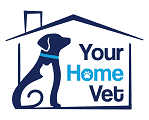
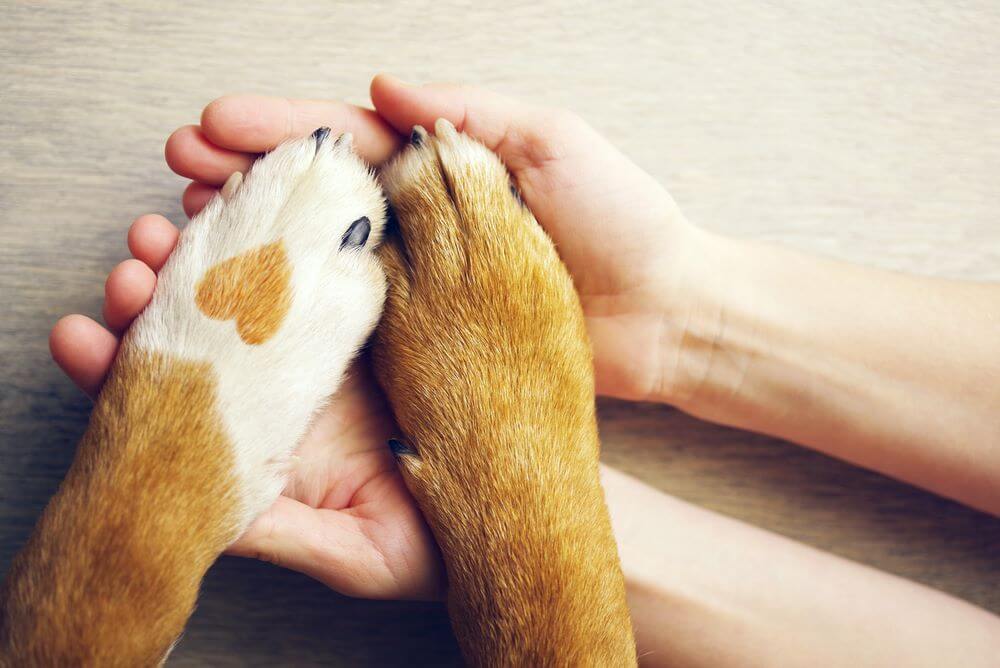
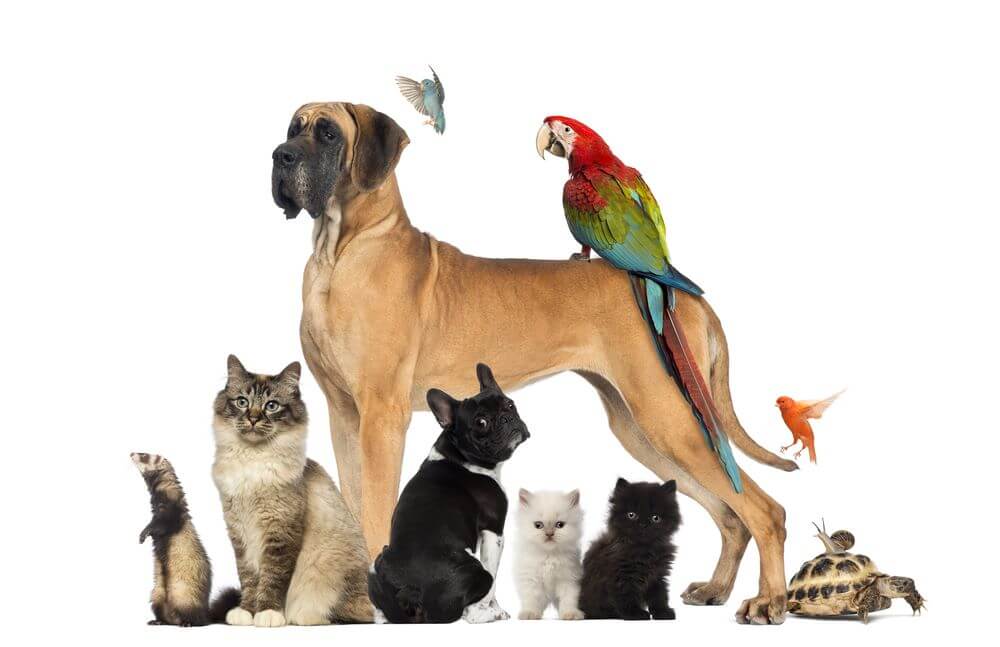
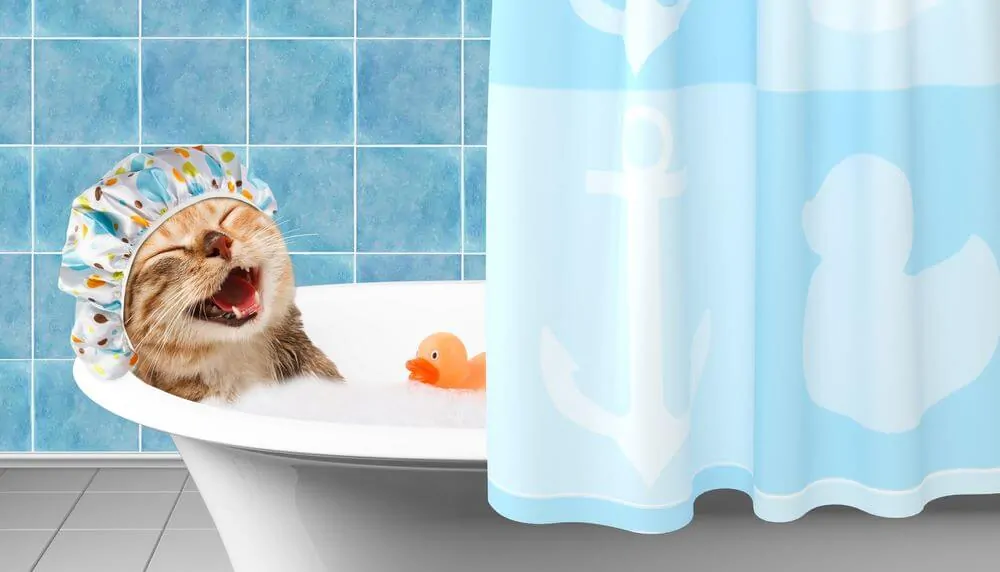
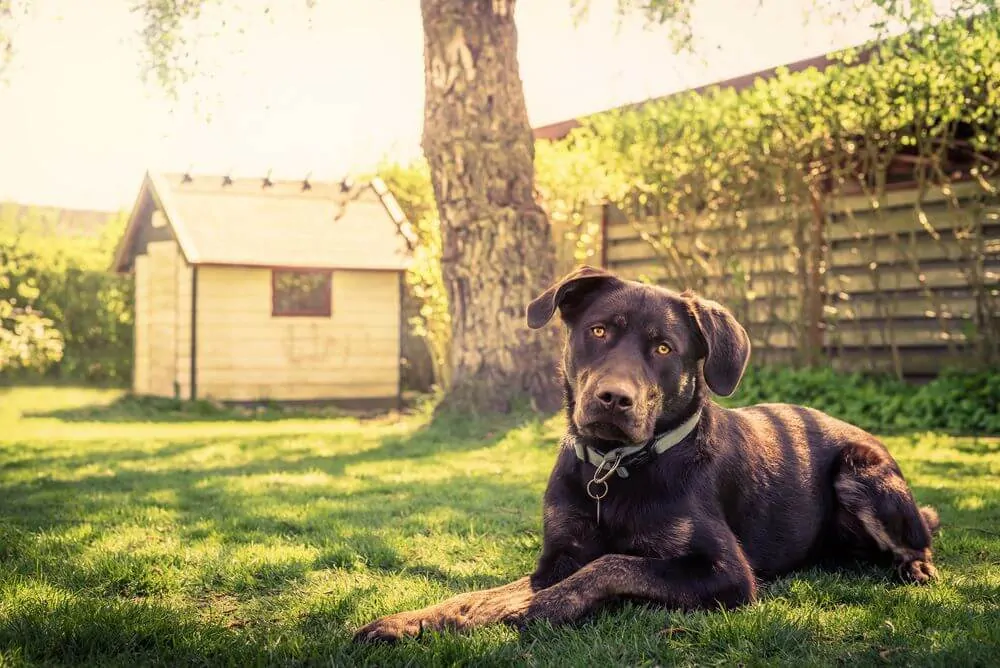
Ⓐ Ⓝ Ⓓ Ⓡ Ⓔ Ⓘ
Bertuzzo Mario
lili 🌪
Andra-Maria Șerban
řïá
Mihai
𝓓𝓪𝓷𝓲𝓮𝓵𝓪 🌹
Szathmáry Andor
Alexandra Dineș
Лауренциу Орлов